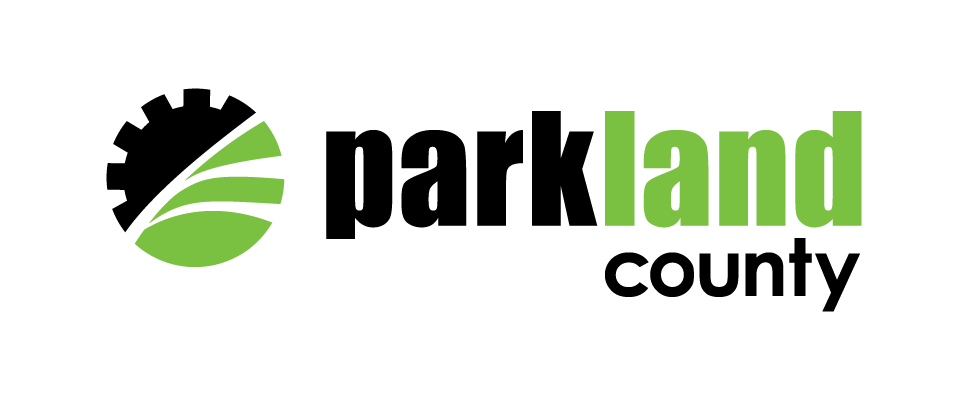The County has completed its first wetland construction project under the provincial Wetland Replacement Program within the Edinburgh Park Subdivision. The project included a four-hectare permanent wetland connected to the County’s drainage system. Areas were excavated to shift open water away from a nearby road. This was done to create permanent wetland area and prevent further damage to the road that has been previously washed out from intense storms. The constructed wetland is expected to create educational opportunities, improve wildlife habitat, and reduce the impacts of drought and flooding.
Planting took place in the summer of 2024 and included 1,000 aquatic plugs and 600 willows. Species included Creeping Spike Rush, Utriculata sedge, Bebbs Sedge, Water Sedge, Wild mint, Pussy Willow, and Yellow Willow.






